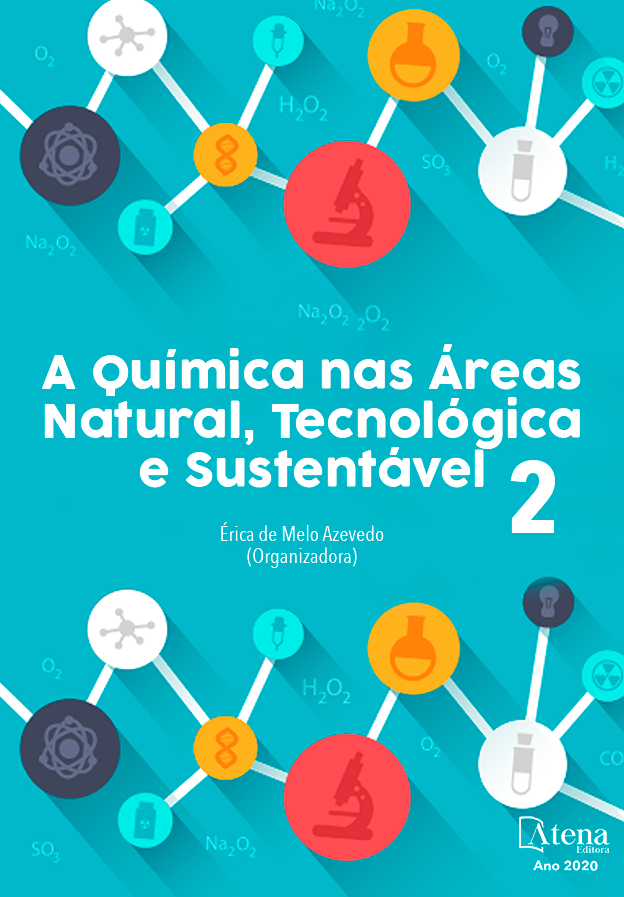
CONCENTRAÇÃO DE MERCÚRIO TOTAL EM PEIXES DO RIO TELES PIRES NA REGIÃO DA USINA HIDRELÉTRICA-UHE DE COLÍDER, MATO GROSSO
O mercúrio é um metal que pode ocorrer de forma natural no ambiente, liberado através de emanações vulcânicas e gaseificação da crosta terrestre. A sua mobilização através de atividades humanas, vem atuando como catalizadora de um processo de contaminação da biota terrestre e aquática, atingindo em última escala o ser humano. No Brasil estudos recentes demonstram ocorrência de fontes pontuais e difusas de liberação do metal devido às concentrações encontradas na biota e em humanos. Diante disso, este trabalho tem por objetivo avaliar as concentrações de mercúrio total (THg) nos peixes do rio Teles Pires, na região da Usina Hidrelétrica-UHE de Colíder-MT. O estudo foi desenvolvido no rio Teles Pires no ano de 2013. Após a coleta os peixes foram triados e classificados taxonomicamente de acordo com as espécies e categoria trófica, e mantidas no freezer. A detecção foi realizada utilizando Espectrômetro de Absorção Atômica. Foram analisadas amostras de músculo de 75 indivíduos de 13 espécies de peixes. As médias das concentrações de THg variaram de 107,83 ppb (Leporinus fridericii) a 480,56 ppb (Hemisorubim platyrhynchos), sendo que 6 espécies apresentaram concentrações médias de THg no músculo entre 107,83 ppb a 195,29 ppb, outras 4 espécies apresentaram entre 206,74 ppb a 364,13 ppb, e 3 espécies apresentaram de 410 ppb a 480,56 ppb. Dentre as espécies analisadas 30,76% demonstraram concentração moderadas e 23,07%, concentrações de THg próximas ao limite estabelecido pela OMS (500 ppb), o que caracteriza uma fonte difusa de Hg no ambiente e um potencial risco a saúde humana, independente da UHE que se encontra em fase de instalação. A Amazônia e o Pantanal apresentam naturalmente ambientes favoráveis à metilação do Hg para a forma orgânica, o que pode explicar as moderadas e altas concentrações encontradas em peixes carnívoros em ambientes desprovidos de mineradoras de ouro.
CONCENTRAÇÃO DE MERCÚRIO TOTAL EM PEIXES DO RIO TELES PIRES NA REGIÃO DA USINA HIDRELÉTRICA-UHE DE COLÍDER, MATO GROSSO
-
DOI: 10.22533/at.ed.8662019067
-
Palavras-chave: Amazônia Meridional; bacia do Rio Tapajós; Ictiofauna; Reservatórios de hidrelétricas
-
Keywords: Southern Amazon; Tapajós River basin; Ichthyofauna; Hydroelectric reservoirs
-
Abstract:
Mercury is a metal that can occur naturally in the environment, released through volcanic fumes and gasification of the earth's crust. Its mobilization through human activities has been acting as a catalyst for a process of contamination of terrestrial and aquatic biota, reaching in the last scale the human being. In Brazil recent studies have shown the occurrence of point and diffuse sources of metal release due to the concentrations found in biota and in humans. Therefore, this work aims to evaluate the concentrations of total mercury (THg) in fish from the Teles Pires River, in the Colíder-MT Hydroelectric Power Plant-UHE region. The study was carried out on the Teles Pires river in 2013. After collection, the fish were sorted and taxonomically classified according to the species and trophic category, and kept in the freezer. Detection was performed using Atomic Absorption Spectrometer. Muscle samples from 75 individuals from 13 fish species were analyzed. The average THg concentrations ranged from 107.83 ppb (Leporinus fridericii) to 480.56 ppb (Hemisorubim platyrhynchos), with 6 species showing average THg concentrations in the muscle between 107.83 ppb at 195.29 ppb, others 4 species presented between 206.74 ppb to 364.13 ppb, and 3 species presented from 410 ppb to 480.56 ppb. Among the analyzed species, 30.76% showed moderate concentration and 23.07%, THg concentrations close to the limit established by the WHO (500 ppb), which characterizes a diffuse source of Hg in the environment and a potential risk to human health, regardless of the HPP that is in the installation phase. The Amazon and the Pantanal naturally present favorable environments for the Hg methylation to the organic form, which may explain the moderate and high concentrations found in carnivorous fish in environments without gold miners.
-
Número de páginas: 13
- Anne Sthephane Arrolho Silva Correa
- Liliane Stedile de Matos
- Claumir Cesar Muniz
- Aurea Regina Alves Ignacio
- Michelli Regina de Almeida Cardoso Ramos
- Solange Aparecida Arrolho da Silva


